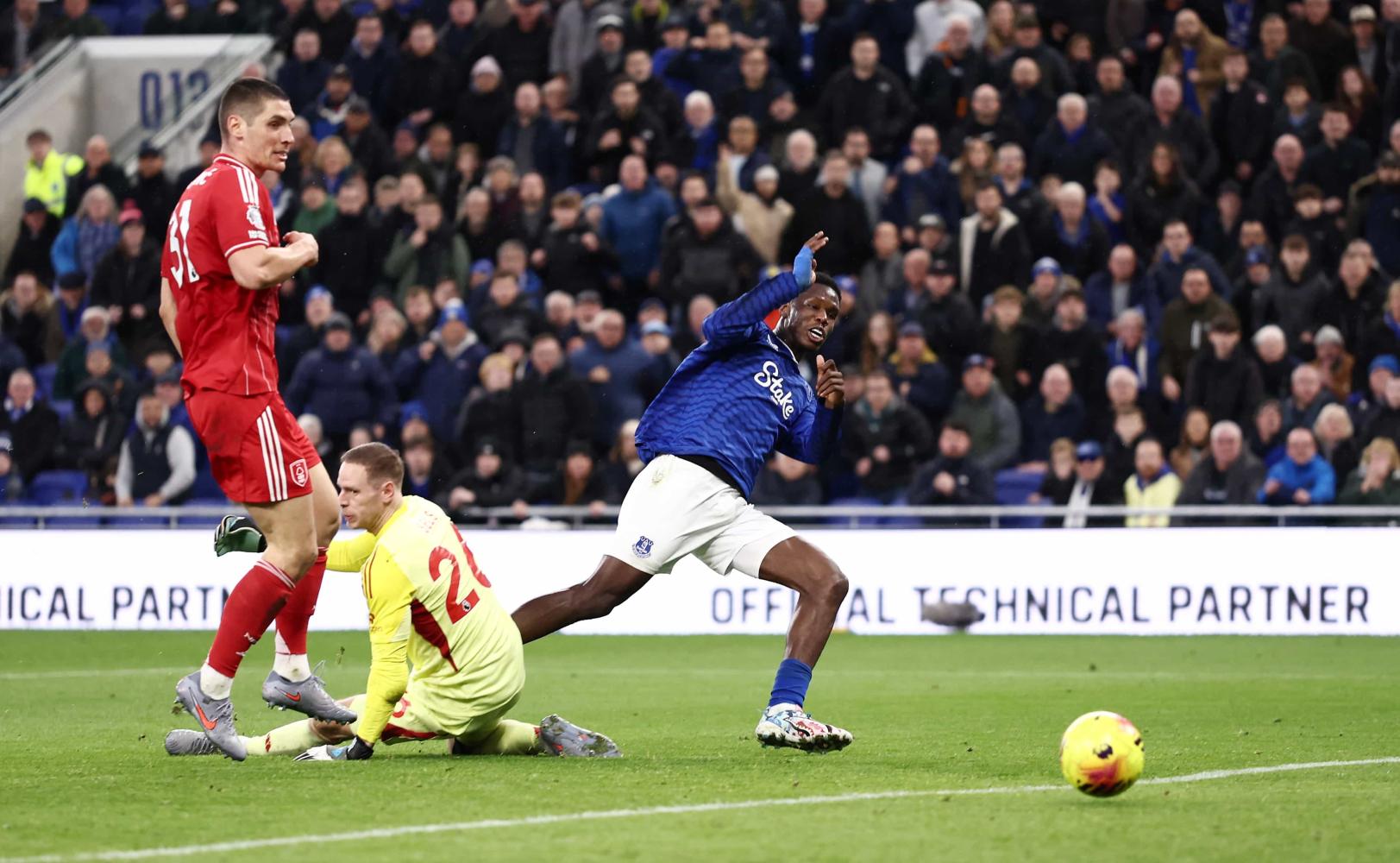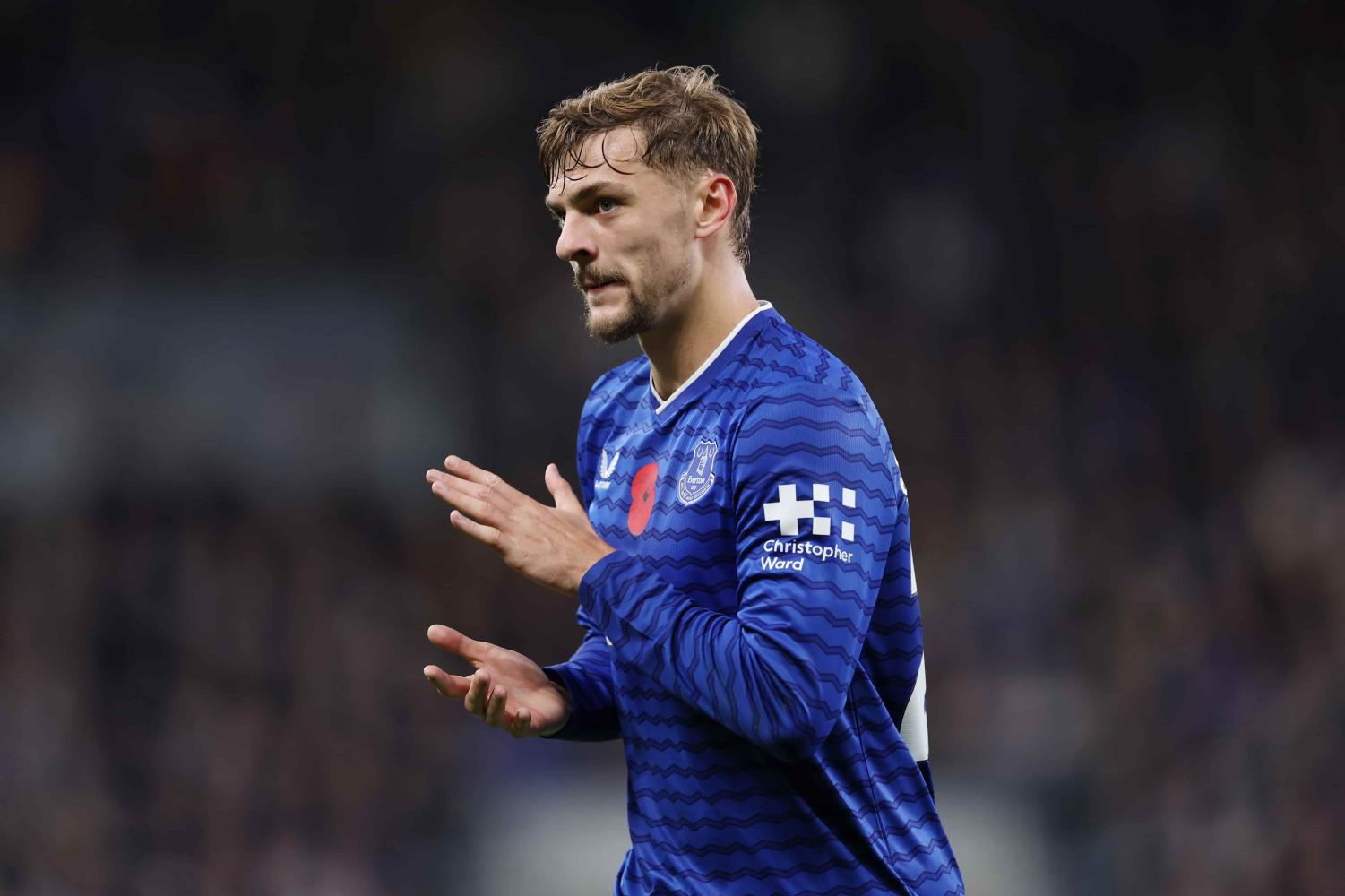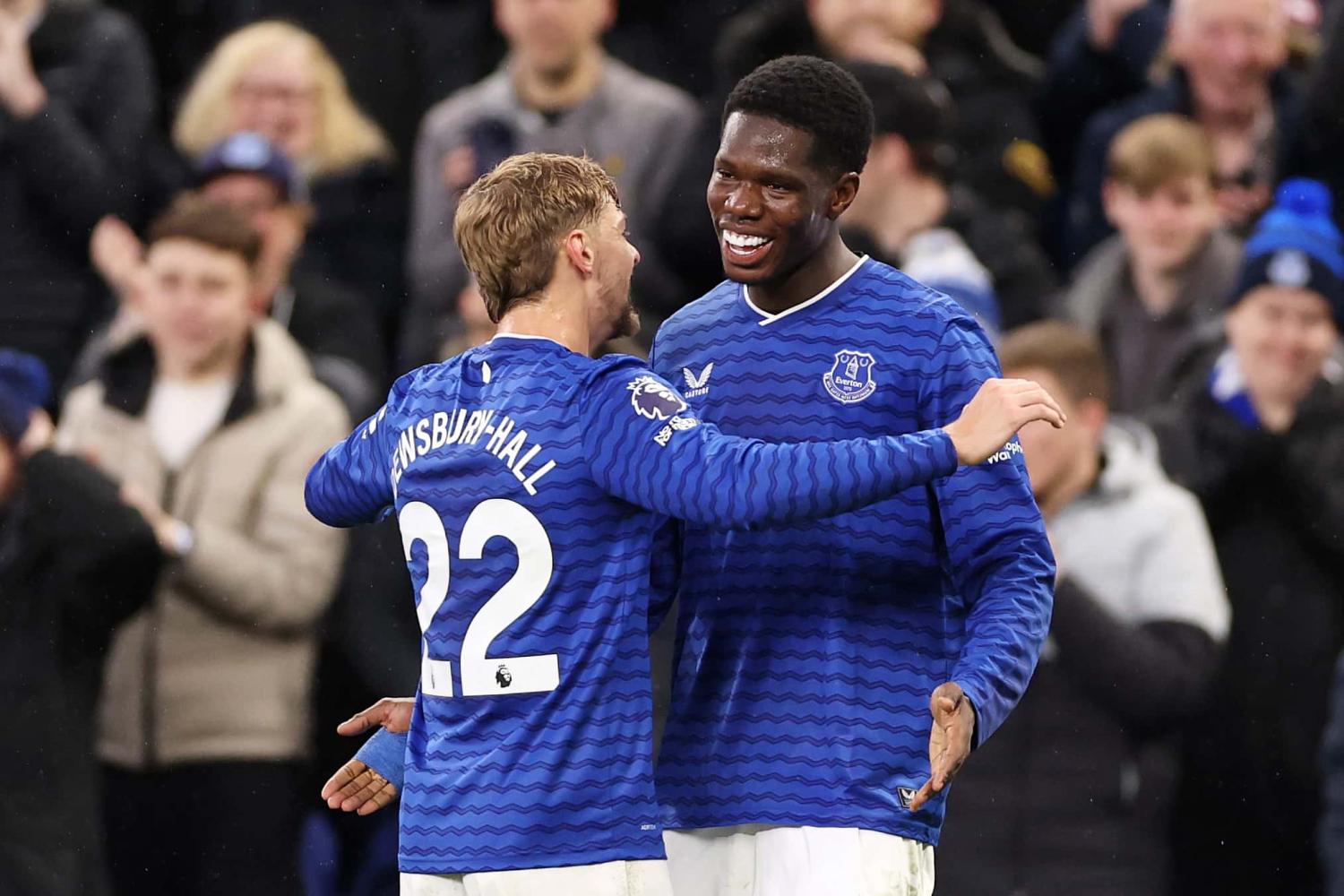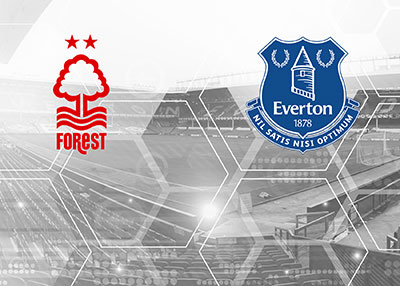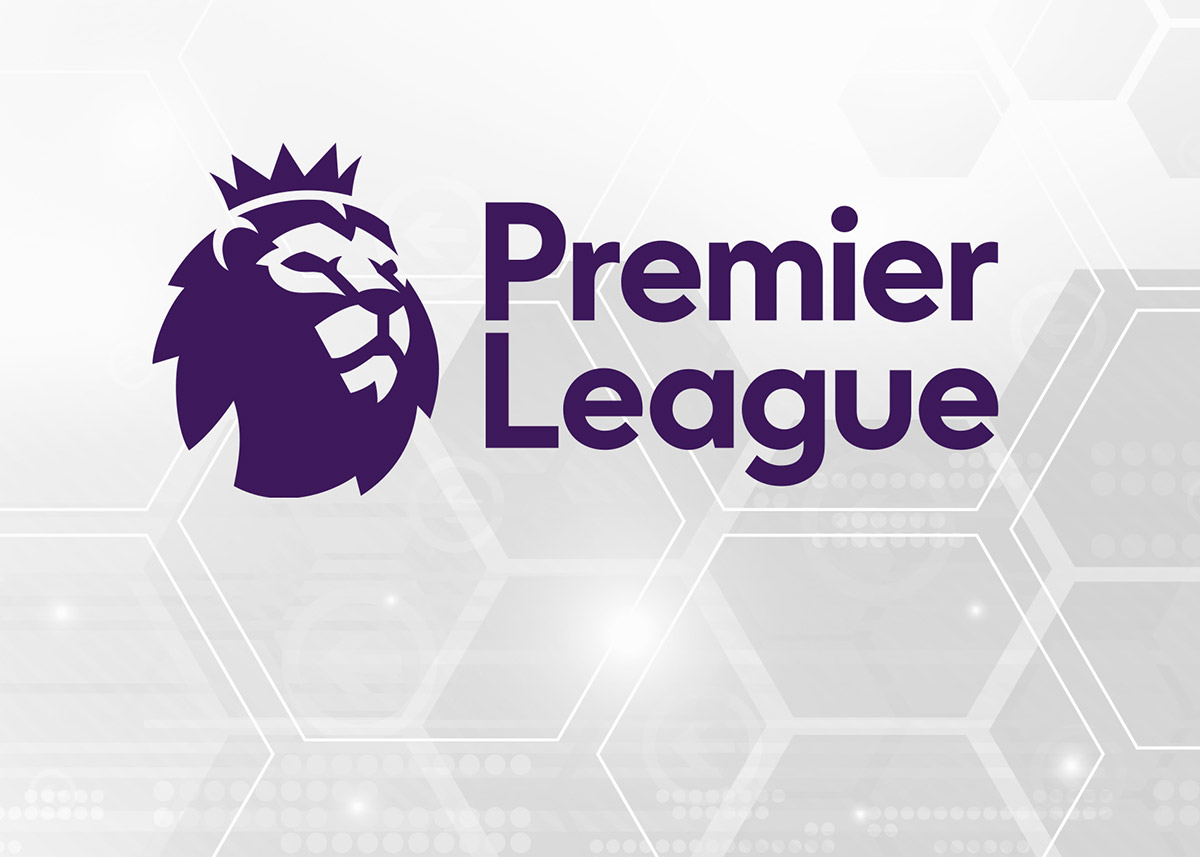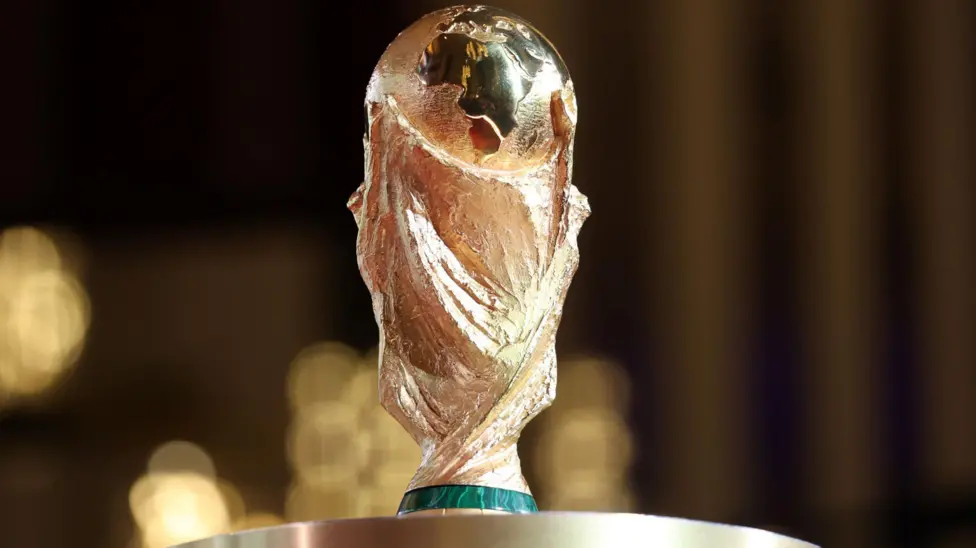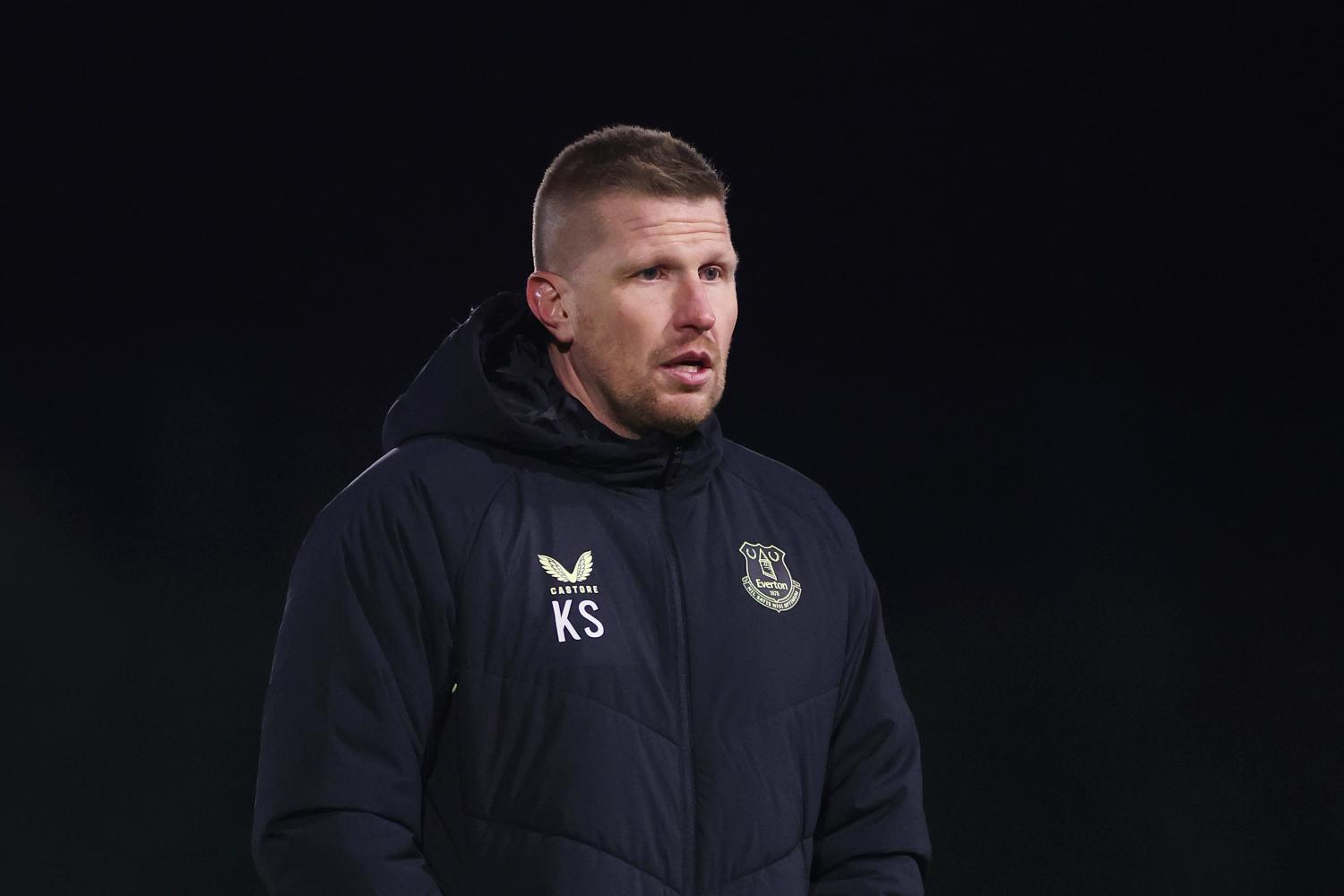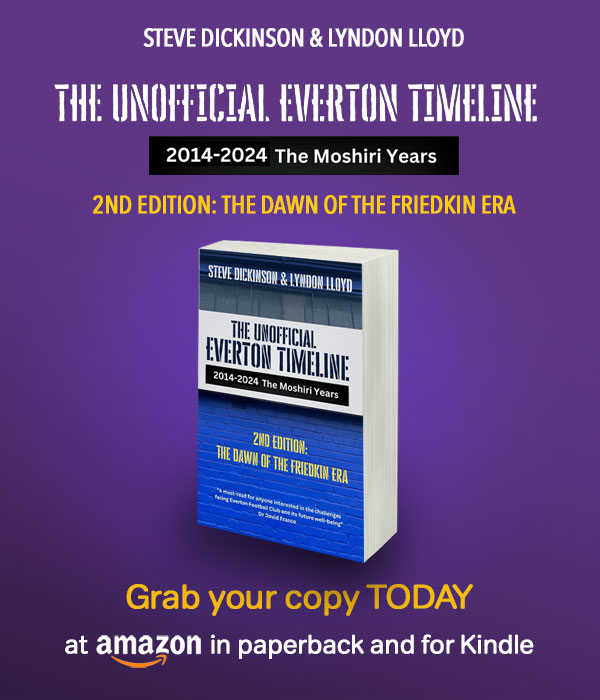XIII: Chaos & Instability (2016-2019)
From "Hollywood Manager" to Goodison Misfit
Having assumed the helm at Everton with a degree of fanfare in February 2016, Farhad Moshiri was keen to back up his promises of a new dawn at Everton by bringing in a high-profile manager capable of realising his dreams. Jose Mourinho had recently been appointed as boss at Manchester United, Liverpool had the rambunctuous Jurgen Klopp, Pep Guardiola was in place at Manchester City and Moshiri was on the look-out for a "Hollywood manager" of his own to replace Roberto Martinez and complete a northwest managerial quartet that would put the Toffees on the footballing map.
He turned to Ronald Koeman, the Barcelona playing legend who had learned his trade under Johann Cruyff, scored the winning goal for the Blaugrana in a European Cup Final and who was doing a sterling job at Southampton where he had built on the work done by Mauricio Pochettino and steered the unfashionable Saints to a seventh-place finish in his second season in charge. Initially reluctant to abandon his work in progress on the south coast, the Dutchman was eventually sold on a three-year project at Everton.
Working under new Director of Football, Steve Walsh, who had himself been tempted away from Leicester City where he had helped build the squad that shocked the football world the previous season by winning the Premier League title against 5,000:1 odds, Koeman hoped to have Everton in the Champions League within three years. He and Walsh were handed a sizeable war chest to try and get that project underway.
Enigmatic winger Yannick Bolasie was signed from Crystal Palace for a fee that could rise to £28m, experienced old hand Ashley Williams came in from Swansea City to cover the loss of John Stones to Manchester City in a £47.5m deal, and Idrissa Gueye was picked up for a bargain £7.1m from Aston Villa. Teenager Dominic Calvert-Lewin was also acquired for £1.5m from Sheffield United and while he was initially regarded as one of the future who would spend a year or two in the Under-23s set-up with David Unsworth, the young Yorkshireman would find himself in the first-team sooner than anyone realised.
Koeman's initial impact was just what Moshiri and long-suffering Everton fans had been hoping for. Though the Blues were held to a 1-1 draw by Tottenham Hotpsur at Goodison Park in his first match in charge, the team would win their next five games in all competitions and were second in the Premier League in mid-September. The run didn't last, however; interrupting the momentum by making wholesale changes for a League Cup tie against Norwich City that Everton lost 2-0 at home, Koeman saw his charges win just one game in 11 during a torrid autumn spell that provided the early warning signs of a tenure that would eventually end in tatters a year further down the line.
A turning point seemed to have been reached with a stirring 2-1 home win over Arsenal in mid-December and despite stumbling in the Merseyside derby the following week, the Blues would go on to record six successive victories at Goodison, including a memorable 4-0 drubbing of Guardiola's Manchester City in January in which a young Tom Davies announced himself as Everton's next great Blue hope. It was enough to put them within touching distance of fifth place heading into the final month of the campaign but it masked problems on the road that eventually bled into all their displays after that.
A sequence to close out the season that yielded just one more victory reeked of a collective giving up or satisfaction with “our lot” rather than a push to at least grab sixth place off Manchester United and avoid the Europa League qualifying rounds in pre-season that Koeman would ultimately offer up as an excuse for poor performances. Statistical red flags like the fact that no Everton player other than Romelu Lukaku scored more than five goals in 2016-17 lay under the surface while the advancing years of key players like Leighton Baines, Phil Jagielka, Ashley Williams and Gareth Barry pointed to some significant rebuilding work being required if Koeman was to be successful in that self-described three-year “project”.
Still, a seventh-place finish represented progress on the 13th-placed berth that Everton occupied when Martinez was axed and with the prospect of significant investment in the team to come in the summer, there were high hopes among supporters that, with his feet now under the table and Walsh also settled into his role, Koeman would be able to oversee a genuine tilt at the top four in 2017-18.
“Significant investment” ended up being an under-statement. By the time Everton kicked off their Europa League qualifier against MFK Ruzomberok at the end of July, the club had splashed out what stood to eventually total £85m in transfer fees. In came Dutch international and Ajax captain, Davy Klaassen, for £24m; Jordan Pickford and Michael Keane arrived for an expected total of £30m apiece and Sandro Ramirez was signed for just £5.2m from Malaga in Spain. Exciting young Nigerian striker Henry Onyekuru arrived for £8m and was loaned out to Anderlecht while Wayne Rooney made his much anticipated – albeit questionably sentimental – return to Goodison from Manchester United for around £10m.
With a solid foundation of youth and a heavy dose of veteran experience, the feeling was that the Blues had the right blend with which to be serious contenders if they could just add some cover on the left side of defence, some pace and width to one of the flanks and sign a viable replacement for Lukaku who had departed for United in July for a club record £95m fee.
Crucially, while a protracted effort to prise Gylfi Sigurdsson away from Swansea for a massively inflated £45m churned on through August (how many cheaper players could have been bought to plug gaps instead with that money?), none of those positions were filled. The lack of a target man and goalscorer, the one player needed to justify the expense of the Icelandic set-piece specialist, was held up as the biggest factor behind Everton’s poor form over the ensuing season and the main reason why pundits in the general media had argued that Koeman should have stayed.
But Everton’s problems ran much, much deeper. Indeed, the striker argument, while valid, was something of a red herring where Koeman’s failed tenure was concerned. There was no doubt that having a physical focal point up front would have helped Everton in 2017-18 — after all, Calvert-Lewin had offered all of those traits at times when played in his natural role — but the team’s frustrating inability to sustain a simple passing game, the lack of genuine wing play, over-lapping full-backs, balance or flair in the side meant that they just weren’t creating enough chances.
The abundance of players capable of calling the No.10 role their own didn't help. All of Klaassen, Rooney, Sigurdsson and even promising young Croatian Nikola Vlasic could lay claim to the position but in the end none of them proved capable of holding the team together. Players chopped, changed and played out of position did little to foster any consistency and there were plenty of fans pointing out that these were issues even while Lukaku was in the side, particularly away from home where Everton won just four times in 23 attempts under Koeman.
The Toffees ground their way through the Europa League qualifiers in less-than-promising fashion, beating Ruzomberok 1-0 in both legs of the third round and edging Hajduk Split 3-1 on aggregate with the help of Sigurdsson's first goal for the club, an astounding 40-plus-yard effort in Croatia that secured a 1-1 draw on the night. However, though the Premier League campaign began promsingly with victory over Stoke City and a hugely creditable draw at Manchester City it eventually derailed in spectacular fashion.
Four straight defeats in all competitions dropped the club into the bottom three by mid-September and got the Europa League group stage campaign off to the worst possible start and though hope was sparked by back-to-back home wins against Sunderland in the League Cup and Bournemouth in the Premier League – with Oumar Niasse, the player Koeman had shunned and sent to the Under-23s upon joining the club, scoring three times in those two matches – another run of five fixtures without a win ultimately prompted Moshiri to act and sack the Dutchman with the Toffees back in the relegation zone and the fans having lost all faith in the manager's abilities.
Koeman always carried an aloof air about him during his time at Goodison Park and, unlike his predecessor, never seemed to truly grasp the soul of the club. Alan Ball opined that you’re never the same after Everton has got under your skin but the Blues didn’t ever seem to penetrate Koeman’s exterior. Having seen how little Martinez’s more passionate but softer managerial style had translated into tangible progress, though, many supporters were only too happy to see a manager with an icier, more business-like demeanour come in and make the tough decisions to which the Catalan seemed more averse.
That kind of approach was something that many felt was long overdue at Goodison but over time it appeared to have overly negative effects on morale. Rumours of discontent at Finch Farm among first-team players emerged during that rough spell between September and December during Koeman’s only full season in charge of Everton and reports of his arrogance and penchant for disappearing from the training ground at four o’clock jarred with the more attentive habits of Martinez. As long as the results were good, however, these complaints would largely have fallen on deaf ears. When they weren’t, it was easy to see a lack of faith in the manager’s methods and a concurrent collapse in confidence manifesting in the team’s on-field displays.
Moshiri's Unpalatable Insurance Policy
To be completed...

